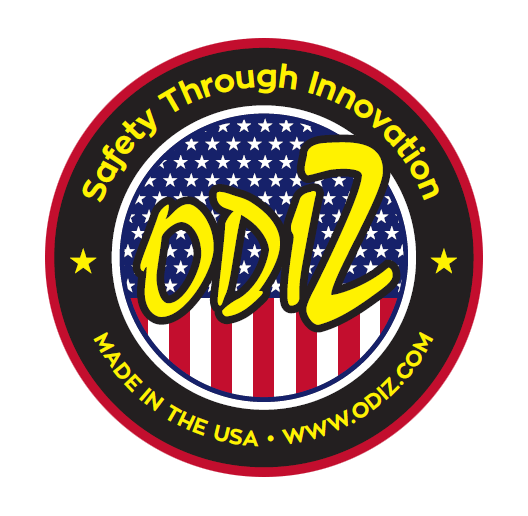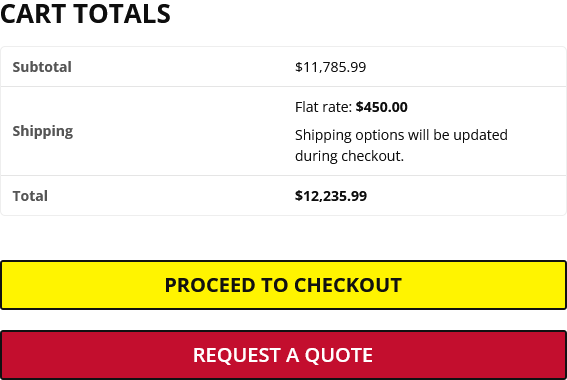OSHA Below-the-Hook Lifting Device Inspections
Contact us
Professional below-the-hook lifting device inspections and BTH device safety services. Ensure your lifting devices meet 29 CFR 1910.179 & ASME B30.20 standards with our digital inspection app.
Below-the-hook devices like spreader beams, lifting beams, C-hooks, magnets, and vacuum lifters attach directly to crane hooks and bear full load weight. A single defect can lead to catastrophic accidents.
To request more information about this product or service, please complete the form below. You can also chat live with one of our specialists via the widget in the bottom-right corner of your screen or call us at (574) 318-4333.
OSHA Below-the-Hook Lifting Device Regulations You Need to Know
Below-the-hook lifting devices are critical for safe material handling and must be properly marked, inspected, and load tested. OSHA and ASME standards under 29 CFR 1910.179 and ASME B30.20 require comprehensive BTH device inspections.
29 CFR 1910.179(b)(5)
Rated Load Requirements
ASME B30.20
BTH Device Standards
ASME BTH-1
Design Criteria
Frequent/Periodic
Required Inspection Types
Common OSHA BTH Device Violations
The most frequent citations related to below-the-hook lifting devices that lead to serious OSHA violations and potential catastrophic accidents.
⚖️
Missing Capacity Markings
Missing or unreadable capacity markings preventing operators from determining safe lifting limits.
🏷️
No Identification Tags
No legible manufacturer ID, serial number, or inspection tag required for device tracking and compliance.
🔧
Structural Damage
Cracked welds or bent load-bearing members that compromise the structural integrity of lifting devices.
⚠️
Unauthorized Modifications
Unauthorized field repairs or modifications that alter the device’s original design and safety factors.
🔩
Worn Components
Worn pins, shackles, or fasteners beyond allowable limits that create failure points during lifting.
🧲
Defective Specialty Devices
Defective clamps, magnets, or vacuum lifters used in service despite known operational issues.
📋
Missing Inspection Records
No record of required frequent and periodic inspections as mandated by ASME B30.20.
🎓
Inadequate Training
Lack of operator training on device use and rigging practices required for safe lifting operations.
Why BTH Inspections Matter
Failure to properly inspect and maintain lifting devices can result in devastating consequences. Regular below-the-hook device inspections ensure structural integrity and safe operation.
- Dropped loads and severe struck-by hazards
- OSHA violations under 1910.179(b)(5) and ASME B30.20
- Increased liability and costly downtime
- Shortened equipment service life due to unnoticed fatigue or wear
Regular inspections ensure lifting devices remain structurally sound, clearly marked, and fit for safe use.
SAFETY FIRST
OSHA & ASME Standards
Inspection and use of below-the-hook devices are covered by comprehensive OSHA and ASME standards setting requirements for identification, structural integrity, and load tests.
29 CFR 1910.179(b)(5)
Rated Load Capacity Requirements
All lifting devices must display rated load capacity and not be exceeded during lifting operations.
ASME B30.20
Below-the-Hook Lifting Devices
Comprehensive standard for marking, inspection, and safe operation of BTH lifting devices.
ASME BTH-1
Design Criteria for BTH Devices
Design criteria and safety factors for below-the-hook lifting devices ensuring structural integrity.
OSHA 3120
Crane Safety Guidance
General guidance for crane, derrick, and hoist safety covering lifting operations and device use.
The Smarter Way to Stay Compliant
Our OSHA Lifting Device Inspection App makes compliance simple and reliable with comprehensive tracking and automated reporting.
📋
Complete Device Documentation
Records device ID, type, manufacturer, and rated capacity for comprehensive lifting device inventory management.
📊
Inspection History Tracking
Tracks inspection history and load test dates to ensure compliance with ASME B30.20 requirements.
🔍
OSHA & ASME Guidance
Guides inspectors through OSHA and ASME criteria for cracks, welds, pins, and fasteners inspection.
🚨
Defect Management
Flags overloaded or modified devices for removal from service with automatic reporting capabilities.
📄
Digital Audit Reports
Generates digital reports for OSHA and insurance audits with complete inspection documentation.
🎓
Training Records
Stores inspection and training records in one secure system for complete compliance management.
Below-the-hook lifting devices are a high-risk focus area for OSHA. Ensure complete compliance and safety with systematic inspections.
Stay Ahead of OSHA Citations
Below-the-hook lifting devices are a high-risk focus area for OSHA. With our digital inspection solution, you can ensure complete compliance and safety.
Prove Compliance
Meet 1910.179(b)(5), ASME B30.20, and ASME BTH-1
Reduce Load Failures
Prevent risk of load failures and injuries
Complete Records
Maintain inspection and load test records
Training Compliance
Demonstrate operator and rigger training
Below-the-Hook Device Compliance FAQs
Common questions about OSHA below-the-hook lifting device inspections, safety requirements, and compliance standards.
How often must BTH devices be inspected?
Frequent inspections: Before each shift by operators or riggers. Periodic inspections: Documented, detailed inspections at intervals based on service severity per ASME B30.20.
Do BTH devices require load testing?
Yes. Load tests are required after fabrication, modification, or repair — not to exceed 125% of rated capacity according to ASME B30.20. This ensures structural integrity.
What happens if a defect is found?
The device must be immediately removed from service, tagged out, and repaired/retested before returning to use. This prevents potential load failures and accidents.
Who can inspect or operate BTH devices?
Only trained and qualified personnel may inspect, rig, or operate lifting devices according to ASME B30.20-3.1. Training must cover device limitations and safe use practices.
What markings are required on BTH devices?
Devices must display rated load capacity, manufacturer identification, serial number, and inspection tags. Markings must be legible and permanently affixed per ASME B30.20.
What are common types of below-the-hook lifting devices?
Common BTH devices include spreader beams, lifting beams, C-hooks, magnets, vacuum lifters, clamps, and specialty lifting attachments. Each type has specific inspection requirements.


